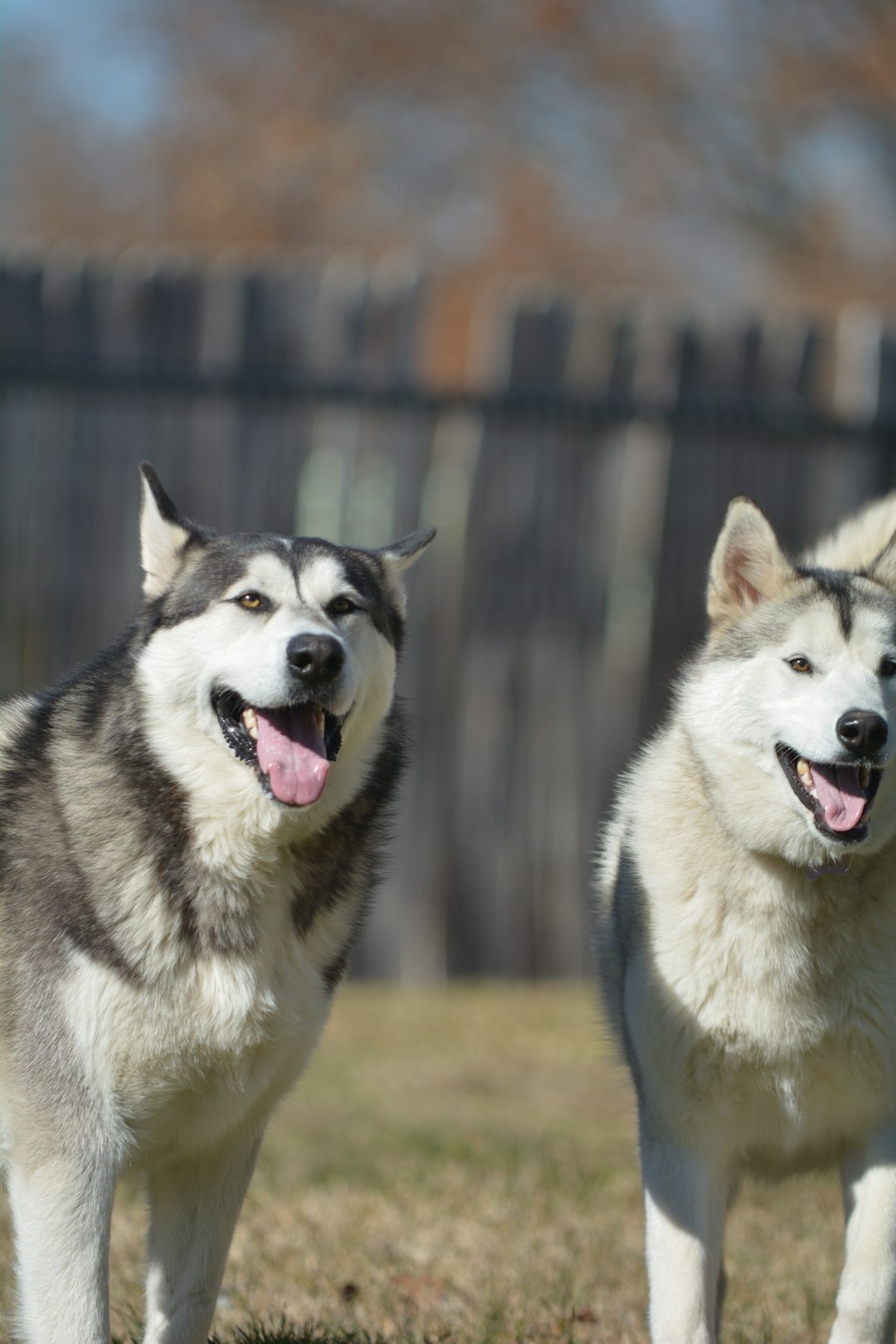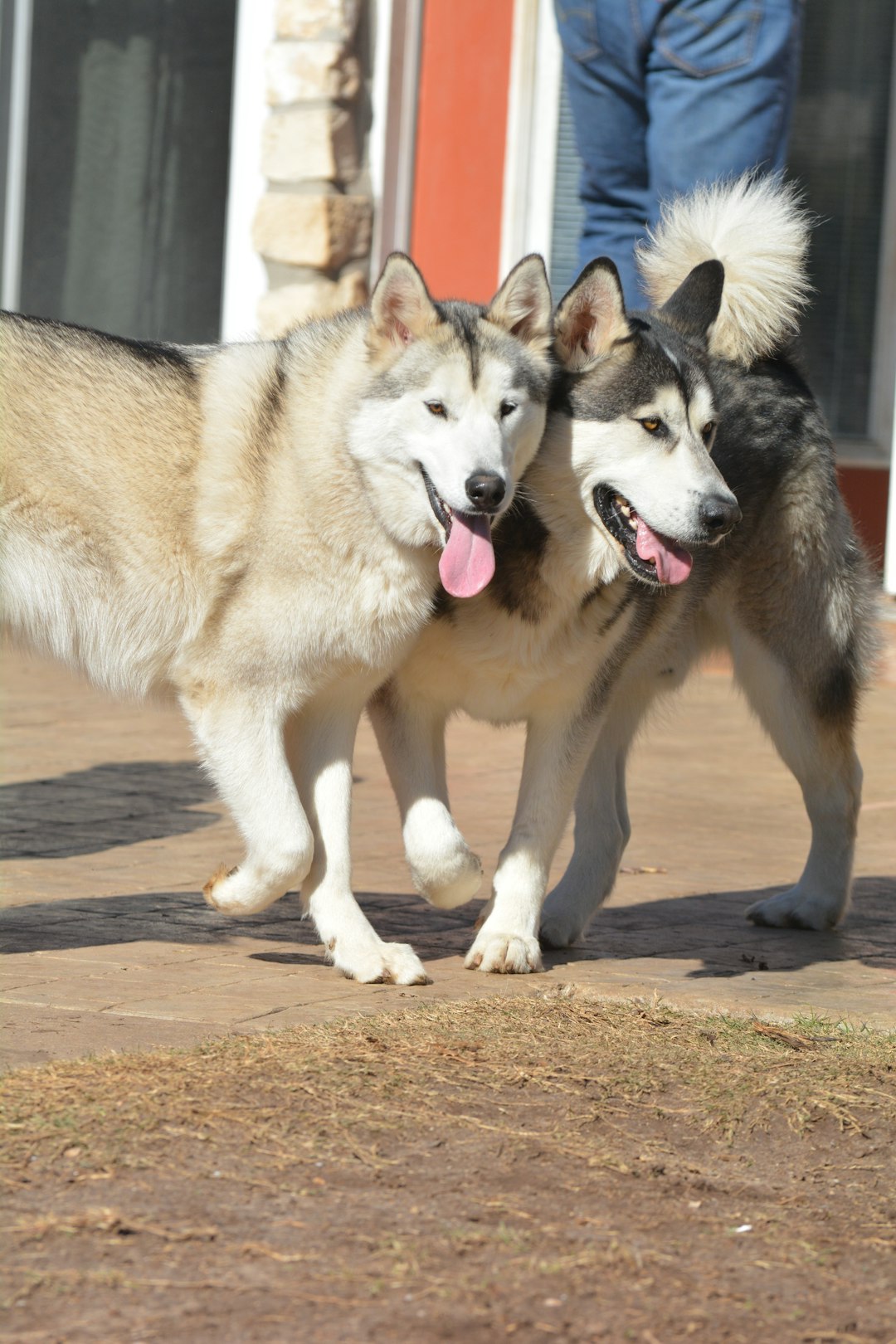Every dog owner knows that keeping our furry friends healthy and happy goes beyond just belly rubs and treats. Imagine transforming your pooch into a runway model with a few essential dog grooming tips! Not only does regular dog grooming keep their coat shiny and clean, but it also prevents health issues and strengthens your bond. So, grab your grooming tools and prepare for a fun adventure filled with wagging tails and snazzy fur. Because, let’s face it—who wouldn’t want a pup that shines brighter than the sun?
Understanding Different Dog Breeds and Their Grooming Needs
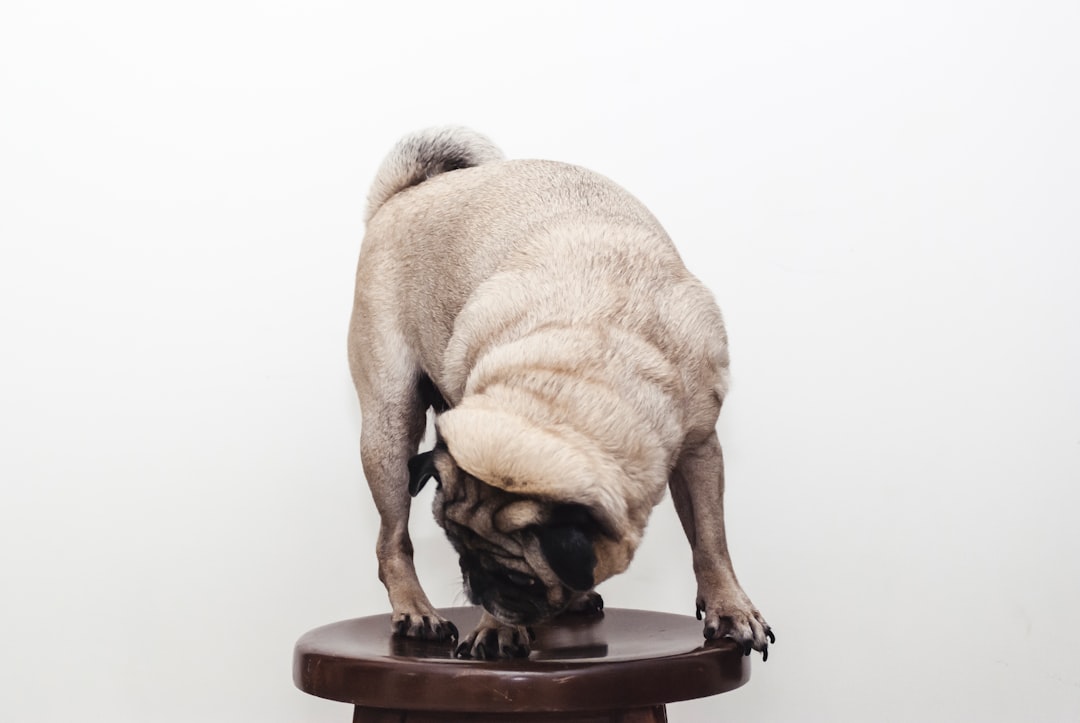
When it comes to dog grooming, one size definitely does not fit all. Each breed sports its own distinctive coat type, which determines the grooming approach. Here’s a quick guide to help you navigate the wonderful world of canine coats:
- Short-Haired Breeds (e.g., Beagle, Boxer)
- Grooming Needs: Minimal
- Frequency: Every few weeks
- Tools: Soft-bristled brush
- Medium-Haired Breeds (e.g., Labrador Retriever, Cocker Spaniel)
- Grooming Needs: Moderate
- Frequency: Weekly
- Tools: Bristle brush and grooming mitt
- Long-Haired Breeds (e.g., Golden Retriever, Shih Tzu)
- Grooming Needs: High
- Frequency: Daily to every few days
- Tools: Wide-toothed comb and slicker brush
- Curly/Hypoallergenic Breeds (e.g., Poodle, Bichon Frise)
- Grooming Needs: Extensive
- Frequency: Weekly to bi-weekly
- Tools: Curved scissors and combs
Understanding these differences not only simplifies dog grooming, but it also makes for a happier pup. After all, a well-groomed dog is a happy dog! 🐾
The Importance of Regular Grooming for Your Dog
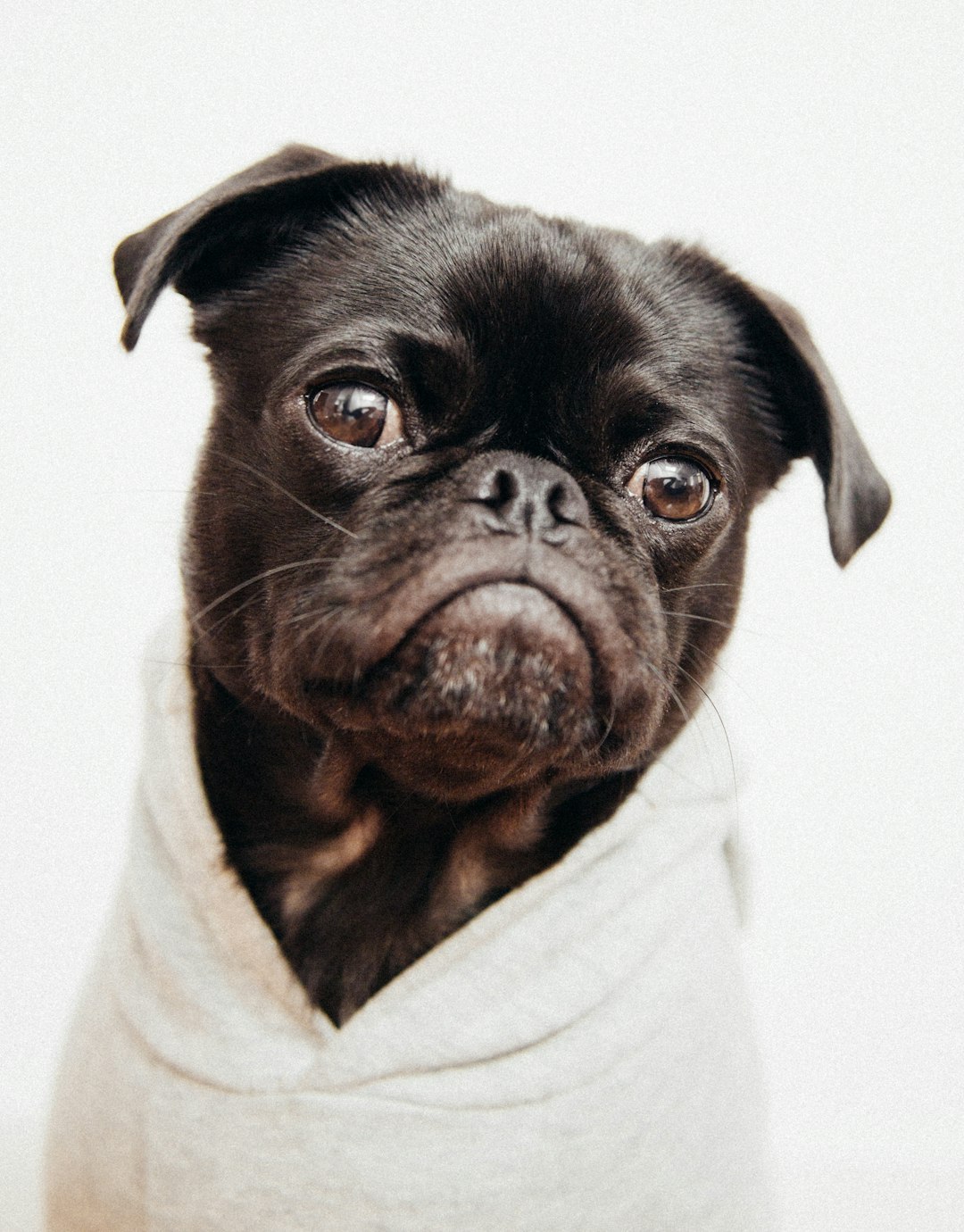
Regular dog grooming isn’t just about keeping your furry friend looking fabulous; it’s a vital part of maintaining their overall health and happiness. Here’s why you should make it a priority:
- Prevention of Health Issues: Regular grooming helps detect skin irritations, lumps, or parasites early. Catching these issues allows for timely treatment.
- Reduced Shedding and Allergens: Brushing your dog’s coat regularly minimizes loose fur and dander, making your home cleaner—and your allergies happier!
- Bonding Time: Grooming provides a wonderful opportunity for bonding with your pooch. Plus, who doesn’t love a good scratch behind the ears?
- Improved Hygiene: Regular baths keep your pup smelling fresh and remove dirt and oils that can cause skin problems.
- Stress Reduction: Grooming routines can soothe anxious dogs, making them feel more secure and comfortable.
In short, think of regular dog grooming as an affordable spa day for your pet! It’s not just pampering; it’s essential for a long, happy life together. So, grab those brushes and get started!
Essential Grooming Tools Every Dog Owner Should Have
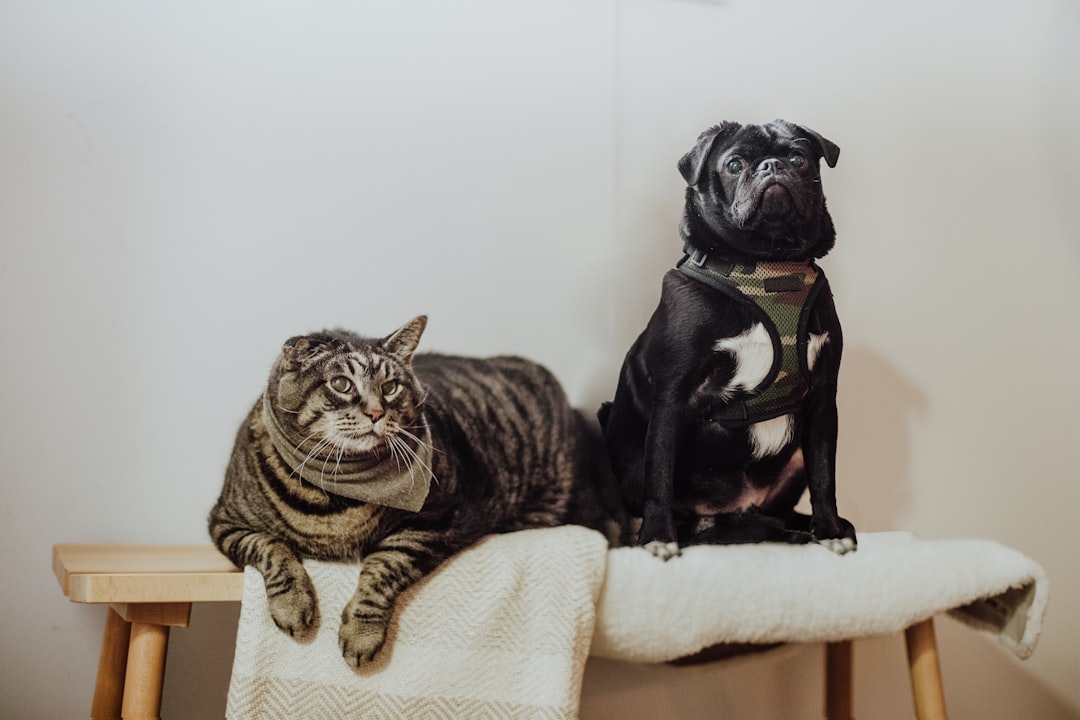
When it comes to dog grooming, the right tools can make all the difference between a furry delight and a hairy disaster! Prep yourself like a grooming pro with these must-have essentials:
- Brushes:
- Slicker brushes for detangling and removing mats.
- Bristle brushes for smoothing the coat.
- Combs:
- A wide-toothed comb to tackle those stubborn knots.
- Nail Clippers:
- Guillotine-style for precise cuts or electric grinders for a more gentle approach.
- Shampoo and Conditioner:
- Opt for pet-friendly products to keep your pup’s coat shiny and clean.
- Grooming Gloves:
- These magical gloves allow you to brush while petting. Win-win!
- Ear Cleaner:
- Keep those floppy ears fresh and irritation-free.
Investing in the right tools not only saves you time but ensures your dog’s grooming routine becomes a bonding experience. After all, dog grooming shouldn’t just be about hygiene; it should also be fun!
How to Brush Your Dog’s Coat Correctly
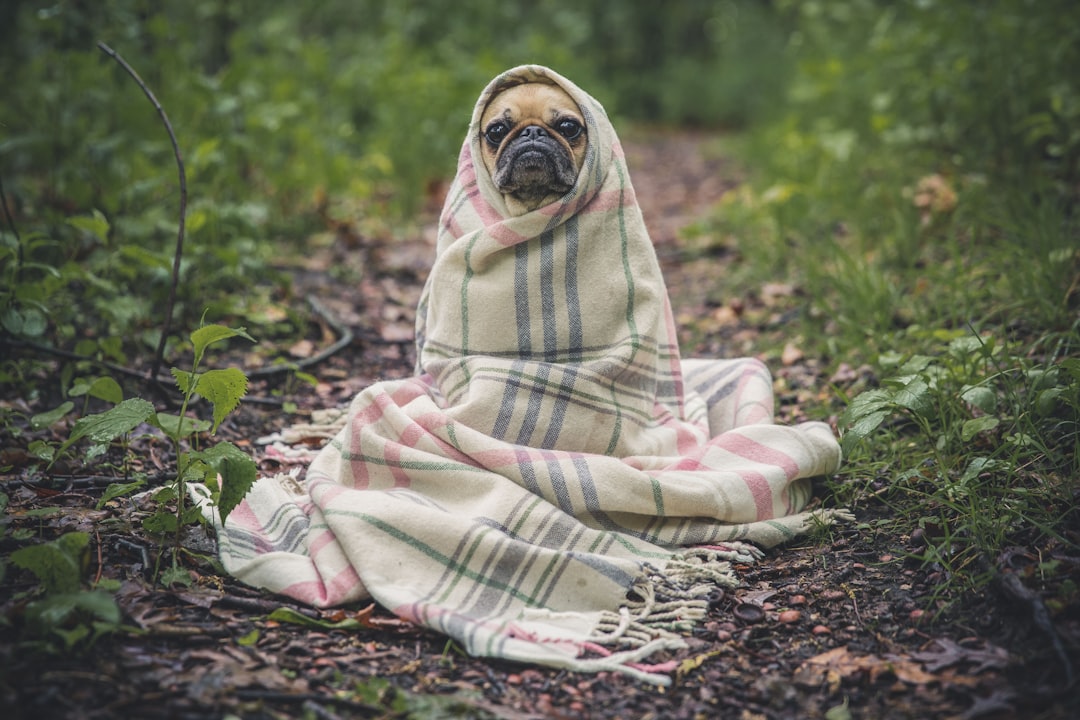
Brushing your dog’s coat is not just a chore; it’s a bonding experience that keeps your pooch looking sharp and feeling fabulous! To achieve master-level dog grooming, follow these simple steps:
Choose the Right Brush
- Slicker brushes for long-haired breeds: The ultimate detangling weapon.
- Bristle brushes for short-haired breeds: Smooths and shines like a pro.
- De-shedding tools for shedding breeds: Because you don’t need a blanket of fur on your sweater!
Brushing Technique
- Start Slowly: Let your dog sniff the brush. Patience is key!
- Use Gentle Strokes: Always brush in the direction of hair growth to avoid discomfort.
- Check for Tangles: If you hit a snag, use a de-tangling spray or your fingers.
- Praise and Reward: Celebrate successful brushing sessions with treats. Good dogs deserve good snacks!
Frequency Matters:
- Long-haired dogs: Brush daily to prevent mats.
- Short-haired dogs: 2-3 times a week works wonders.
By mastering these brushing techniques, your pooch will shine and show off their beautiful coat. Happy dog grooming!
Tips for Bathing Your Dog: Frequency and Techniques
Bathing your dog can be a rewarding experience—both for you and your furry friend! However, it’s crucial to approach this with the right frequency and techniques to ensure a stress-free bath time. Here’s a handy guide to help you on your dog grooming adventure:
How Often Should You Bathe Your Dog?
- Short-haired breeds: Every 1-3 months
- Long-haired breeds: Every 4-6 weeks
- Active pups with adventurous spirits: As needed (smelly is a red flag!)
Bathing Techniques
Follow these simple steps to make bath time a breeze:
- Gather Supplies: Use dog-friendly shampoo, a brush, a towel, and a non-slip mat.
- Pre-Bath Brush: Remove loose fur and tangles for a smoother bathing experience.
- Get the Right Water Temperature: Aim for lukewarm—your dog will thank you!
- Rinse and Repeat: Lather without soaking their ears, and rinse thoroughly to avoid irritation.
By adopting the right dog grooming techniques, you can keep your pup clean and comfortable. Remember, bath time should be fun! Add some toys and treats, and watch your dog hop in with glee—because who doesn’t love a splash?
Nail Care: Best Practices for Keeping Your Dog’s Nails Trimmed
Ah, the delicate art of nail care! Keeping your dog’s nails trimmed is crucial for their health and happiness. Those tiny, yet mighty, claws can wreak havoc if left unchecked. Here are some best practices to keep your pup’s paws in tip-top shape:
- Frequency Matters: Aim to trim nails every 3-4 weeks. Just like your last mortgage payment, it’s something you can’t ignore!
- Tools of the Trade:
- Nail Clippers: Choose between guillotine-style or electric grinders based on your comfort level and your dog’s temperament.
- Quick Stop Powder: Accidents happen—this handy powder helps stop bleeding if you trim too far.
- Proper Technique:
- Get Your Dog Comfortable: Sit them down, maybe with a treat or two.
- Identify the Quick: Avoid the pink area in light-colored nails, or just take it slow with dark nails.
- Trim a Little at a Time: And yes, patience is key. It’s not a race!
Remember, regular dog grooming, especially nail care, contributes greatly to your furry friend’s overall well-being. Happy trimming! 🐾
Managing Shedding: Seasonal Grooming Tips
Ah, shedding season! That magical time of year when your dog appears to be part Husky and part tumbleweed. Fear not, fellow dog owners! With a sprinkle of strategic dog grooming, you can manage that fluffy disaster like a pro. Here are some tips to keep the fur at bay:
- Brush Regularly: As they say, “an ounce of prevention is worth a pound of fur!” Aim to brush your dog’s coat at least two to three times per week during heavy shedding seasons. This helps remove loose hair before it carpets your home.
- Choose the Right Tools: Not all brushes are created equal. Use:
- Deshedding tools like the FURminator for heavy shedders.
- Slicker brushes for short-haired breeds.
- Adjust Bathing Frequency: Give your pup a good bath once every 2-4 weeks during shedding seasons. This will help to loosen the dead hair from their coat.
- Diet Matters: A well-balanced diet rich in Omega-3 fatty acids can minimize shedding, making grooming more manageable.
With these tips, you’ll conquer shedding and enjoy more cuddle time with your fur baby!
Managing Shedding: Seasonal Grooming Tips
Ah, shedding season—the dog lover’s version of spring cleaning. You can almost hear the collective sigh of relief (or despair) from dog owners everywhere. Luckily, managing this furry explosion doesn’t have to be an epic battle.
Key Strategies for Tackling Shedding:
- Regular Brushing: Toothbrush? Check. Now are we talking about your dog’s brush? Absolutely! Brush your dog at least twice a week, or more during heavy shedding seasons to collect loose fur and minimize mess.
- Optimal Bathing Schedule: Don’t skip baths! Wash your dog using a gentle shampoo designed for dog grooming. Aim for once a month to keep their coat healthy and remove excess hair.
- Diet Matters: Maintain a balanced diet rich in Omega-3 and Omega-6 fatty acids. It keeps their skin healthy and may reduce shedding.
- Hydrate, Hydrate, Hydrate: Ensure your furry friend has access to fresh water. Proper hydration supports skin health, reducing flaky and shedding fur.
By employing these tips for dog grooming during shedding season, you can alleviate the chaos and keep both your dog and home happy!
Dealing with Common Grooming Challenges
Ah, the joys of dog grooming! Just when you think you’ve mastered the art, your furry friend decides to throw a curveball. Whether it’s a wriggly pup during bath time or a fierce debate with your dog over nail trimming, let’s tackle these challenges with finesse!
Common Challenges and Solutions:
- Wiggly Worms:
- Solution: Use treats! Reward them with tasty bites to keep them in place.
- Fear of Water:
- Solution: Introduce baths gradually. Start with a warm, damp cloth before jumping into the full bathtub experience.
- Scared of Grooming Tools:
- Solution: Let them sniff the tools first. Familiarization can ease their nerves.
- Shedding Mayhem:
- Solution: Incorporate regular brushing into your dog grooming routine to manage that fur explosion effectively!
Quick Tips:
- Stay Calm: Your pooch can sense your stress. Keep it light!
- Make it a Game: Turn grooming sessions into playful moments to create a positive experience.
In conclusion, patience and creativity are your best tools when navigating the common hurdles of dog grooming. Happy grooming! 🐾
When to Seek Professional Grooming Services
Let’s face it, sometimes “Fido” can look more like a shaggy carpet than your beloved pet. While dog grooming at home is fab, certain situations scream for the pros. Here’s when to call in the cavalry:
- Complex Breeds: Some furry friends, like Poodles or Shih Tzus, require specialized grooming techniques. If you’re unsure about how to tackle their intricate coats, a professional groomer is your best bet!
- Deshedding Dilemmas: Battling a fur avalanche during shedding season? Professionals have the tools and expertise to manage shedding effectively, making your life easier—bonus points for your vacuum!
- Nail Nightmares: If your pup wrestles with nail trimming like it’s a UFC match, seek professional help. Expert groomers can manage quicks and ensure a painless experience for your furry companion.
- Special Needs: Does your dog have skin issues or sensitivities? Professionals can provide tailored grooming that keeps your pet comfortable and content.
In the world of dog grooming, sometimes it’s best to let the pros shine—because a happy dog means a happy owner!
Frequently Asked Questions
What tools do I need for grooming my dog?
The right tools can turn a grooming session from a chore into an art form! For starters, you’ll want a good quality brush that suits your dog’s coat type—short-haired, long-haired, or somewhere in between. Shedding blades, dematting combs, and slicker brushes can help tackle different fur challenges. Don’t forget nail clippers or grinders for those pesky paws and a dog-friendly shampoo to keep that fur fresh and fabulous! Trust me, your dog will thank you with all the happy tail wags!
How often should I groom my dog?
Ah, the million-dollar question! The frequency of dog grooming truly depends on your pup’s breed, coat type, and lifestyle. Generally speaking, long-haired breeds can require a grooming session every 4-6 weeks, while short-haired pups might need a good brush only once in a month. Active dogs that love outdoor adventures might need more frequent attention due to mud and grime. So, channel your inner grooming guru and assess your furry friend’s needs regularly to keep their coat pristine!
Why is grooming important for my dog’s health?
Grooming isn’t just about looking good; it’s a crucial part of your dog’s health regimen! Regular grooming helps prevent matting, skin infections, and parasites like fleas. Not to mention, it’s a great way to check for lumps or abnormalities on their skin—better safe than sorry! Plus, it promotes good blood circulation and can even be a bonding experience for you and your furry friend. Who knew a little brushing could lead to so much love and health?
Can I groom my dog at home, or should I take them to a professional?
This is akin to asking if you should DIY a home renovation or enlist a professional! While many doggie parents can handle basic grooming like brushing and bathing at home, some pups may require a pro’s touch for nail trimming or intricate styles. If your dog’s coat resembles a woolly mammoth, consider taking them to a groomer. And remember, a clean dog is a happy dog—whether they’re pampered at home or at a fancy grooming salon!


